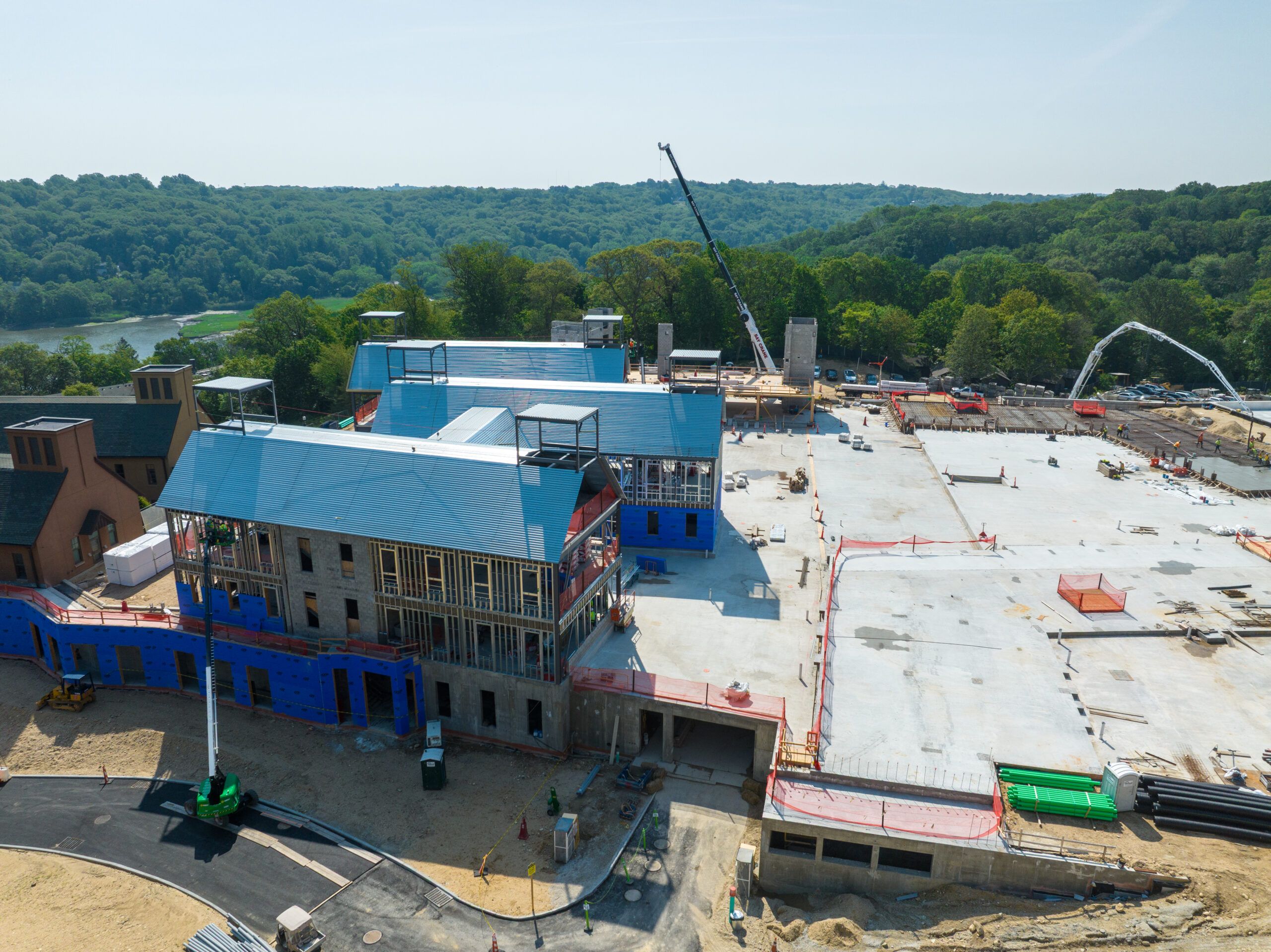Plug sockets are a common requirement in every home and allow access to electricity for appliances and devices powering in the safest and quickest manner possible. Whether renovating your house and replacing old sockets or in need of the convenience of an additional socket, it becomes imperative to be informed about installing plug sockets. This article outlines a step-by-step guide on how to navigate safely and efficiently through an installation process.
Why Additional Plug Sockets?
First, it is necessary to understand the motives for adding more plug sockets before actual installation.
Convenience: More sockets reduce using extension cords, which can be a hassle and may lead to tripping over cords.
Appearance: Well-placed plug sockets reduce clutter by negating the use of unsightly adapters and cables.
Increased Safety: The overloading of existing sockets can easily cause electrical fires. More sockets distribute the power load more evenly across circuits.
Preparation Before Installation
In every electrical installation, proper preparation is always necessary to ensure success. The steps to be done prior to the commencement of the project include the following:
1. Assessing Electrical Needs
Count the number and type of plug sockets you need, considering their placement for maximum accessibility and convenience.
2. Checking Electrical Compliance
To perform this task, make sure your project has the necessary permits granted by local building codes. In the UK for instance, the Building Regulation – Part P addresses electrical works’ safety.
3. Tool and Material Preparation
You will need some tools and materials prepared for the task, such as:
- Screwdrivers
- Wire cutters/strippers
- Voltage tester
- Back box and faceplate
- Suitable cables
4. Switching Off the Power
Safety first. Switch off the mains power at the consumer unit and check for no live current with a voltage tester.
How to Install Plug Sockets: A Step-by-Step Guide
After the preparation, here are the steps that can be followed to install plug sockets successfully:
1. Mark the Location
Use a pencil and a level to mark where you’ll install the socket. Ensure the height aligns with accessibility guidelines, typically 450mm to 1200mm from the floor for standard installations.
2. Cut the Wall Opening
For flush-mounted sockets, use a wall cutter to create an opening for the back box. Take care to avoid damaging existing wiring or pipes behind the wall.
3. Install the Back Box
Secure the back box in the wall cavity with screws for security or adhesive if the use of screws is quite impracticable.
4. Connect the Wiring
To connect the wires, follow the steps below:
- Strip off the insulation on each wire by about 10mm.
- Connect the live wire, brown, neutral wire, blue, and earth wire, green/yellow, to the relevant terminal on the socket.
- Tighten screws for proper connections.
5. Attach the Faceplate
Carefully line up the socket faceplate with the back box and screw it into place. Ensure that the faceplate sits flush against the wall.
6. Test the Installation
Switch the mains power back on and test the socket using a plug-in tester. This ensures the wiring is correct and the socket is functioning as intended.
Upgrading to Modern Plug Sockets
The current trend among most homeowners is replacing older plug sockets with ones that offer features like USB charging points or even smart capabilities. Such a design offers added convenience and fits well with today’s demand for technological capability.
Cost of Installing Plug Sockets
The fitting cost for new plug sockets can vary due to the socket type, fitting difficulty, and even wages. To provide a detailed analysis of costs, refer to this guide for fitting new plug sockets.
Common Challenges and Solutions
When installing plug sockets, a number of challenges may be encountered. Proper preparation and understanding of these common issues can help you address them efficiently.
- Limited Space in the Wall Cavity: Older buildings often have thinner walls, making it difficult to install modern back boxes. Use slimline back boxes as a solution.
- Wiring Issues: Damaged or outdated wiring can complicate installation. Consider hiring a qualified electrician to inspect and replace faulty wiring.
- Non-Compliant Installations: Ensure installations meet regulatory standards by consulting an electrician familiar with local codes.
When to Call a Professional
While DIY installation is feasible for those with electrical knowledge, certain scenarios require professional expertise:
- Rewiring older homes
- Adding sockets in high-load areas, such as kitchens
- Installing sockets in locations governed by stricter safety standards, such as bathrooms
Safety Tips for Installing Plug Sockets
A power system is highly sensitive, and utmost care should be observed to avoid electrical shocks. Extremely it would seem such a task as installing plug sockets can be fraught with danger if certain precautions have not been followed. Below are critical safety tips to keep in mind throughout the installation process:
1. Always Turn Off the Power at the Mains
Switch off the main electrical supply at the mains before starting electrical work. Always verify the circuit is de-energized with a voltage tester. It will reduce the incidence of electric shocks.
2. Use Properly Insulated Tools
The job of electrical experts should be carried out with properly insulated tools to protect them from accidental contact with live wires. Avoid makeshift tools or those that have not been designed for electrical jobs.
3. Check for Proper Wiring Connections
Improper wiring may cause overheating, short circuits, and possibly fires. Ensure that live (brown), and neutral wires (blue) are firmly connected to their respective terminals together with earth wires (green/yellow). Consult a wiring diagram if need be.
4. Inspect Current Wiring
Check for any visible broken or old cables. These are characterized by damaged insulation or brown-colored cables. Such cables will have to be replaced by a certified electrician before installing sockets.
5. Securely Fix the Back Box and Faceplate
Loose fittings could result in exposed wires or loose connections. Make sure the back box is snugly fitted within the wall cavity and that the faceplate sits flush and well secured.
Wrapping Up
This also facilitates making your residence quite convenient and functional. Putting install sockets is pretty simple; proper procedure and following rules for safety measures become imperative here. For every amateur householder who feels clueless while handling these kinds of installations in the homes, opting for an electrician professional will serve you well. While theoretically speaking, the principles elaborated herein serve the requirements, when followed to a core level with practical finesse, they enable your sense to carry out installation efficiently and properly in view.











